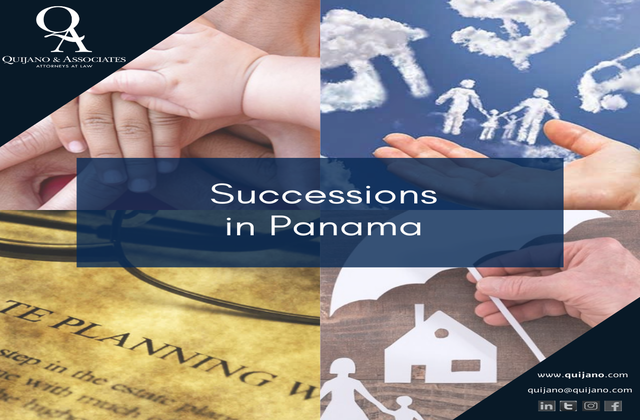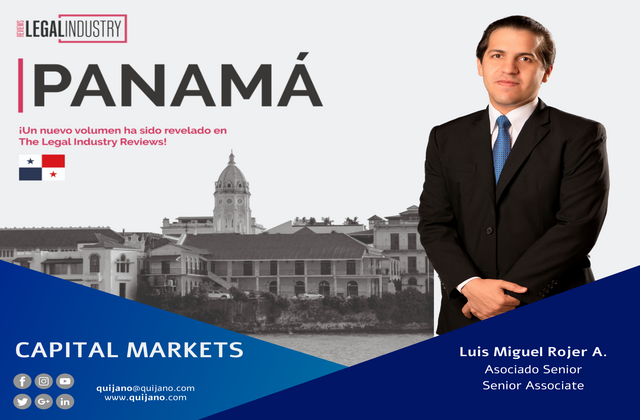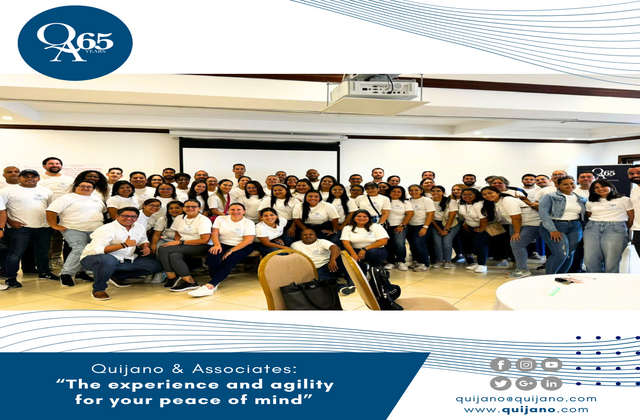Successions in Panama

Karina Castillo, Associate
Our country has been submerged in the unfortunate deaths of thousands of Panamanians as a result of the current global health crisis.
After the unfortunate loss of a loved one, family members find themselves in uncertainty as they are not clear about the ownership and / or use of the deceased relative’s properties.
Panamanian legislation indicates the actions to follow for the transfer of these assets, which may be through a succession, which is nothing more than the transmission of the active and passive rights that make up the inheritance of a dead person, to the person who survives.
In the same vein, there are two types of successions that are regulated in Article 629 of the Civil Code, intestate and testamentary succession. What differs one from the other is that in the intestate succession there is no manifestation or express will of the owner regarding the destination of his assets; and in the testamentary succession, there is an express manifestation of the destination of the goods by means of a will.
An important aspect that must be established prior to applying for a succession is the approximate determination of the amount of the claim based on the estate of the deceased. All this with the purpose of establishing judicial competence; that is to say:
• If the assets do not exceed five thousand dollars (US $ 5,000.00), the Municipal Courts of the last domicile of the deceased will be competent to hear said claim.
• If the amount exceeds the aforementioned amount, it will be up to the Circuit Courts to hear about it.
Specifying the foregoing, to formalize the opening of the succession process, the following supporting documents must be provided with the claim:
1. Testamentary Succession:
1.1. Proof of death: death certificate issued by the Civil Registry;
1.2. Authentic copy of the testament, if it is opened.
2. Intestate Succession:
2.1. Proof of death: death certificate issued by the Civil Registry;
2.2. Notarial Certifications stating that the deceased did not grant a will before them.
2.3. Full proof of kinship on which the person bases his/her right, that is, if it is the spouse who requests the opening of the intestate succession, the kinship is proven with the marriage certificate; and if they were the children, with the birth certificate. These certificates must be issued by the Civil Registry.
Once the succession demand is presented with the documents of evidence as the case may be, the judge of the case will enter to evaluate the arguments expressed. In the specific case of intestate succession, after evaluating the arguments presented, it will be transferred to the Public Ministry (prosecution authority) for a term of five days, so they can issue their opinion.
After this evaluation, and the aforementioned transfer, the Judge will issue an order that will contain the following:
1. The declaration of opening of the succession, either testamentary or intestate;
2. The declaration of the executors, heirs and legatees, guardians or curators, to whom the testator has given these positions respectively, in the case of testamentary succession. In the case of an intestate succession, those who have demonstrated their right will be declared heirs
3. The order for all persons with an interest in the process to appear.
This order will be posted at their office and published in a newspaper of national circulation for three (3) days as indicated in Article 1510 of the Judicial Code.
For the purposes of the testamentary succession, during the term of the edict fixation, the guardianships that may be applicable will be discerned, according to the will or the law.
In the case of intestate succession, the interested parties will have a term of ten (10) to appear and prove the right to enter as heir within the succession trial.
After the aforementioned term has elapsed, the next stage will be the inventory and appraisal diligence, which may be judicial and extrajudicial. The inventory will be judicial when there are minors (incapable or absent) among the heirs; and it will be extrajudicial when all the heirs can freely dispose of their assets and are present.
The inventory and appraisal diligence will include all assets that the deceased had at the time of his/her death, such as: properties, shares and/or securities, bank accounts, vehicles, livestock, money, personal items, etc.
Once the inventory and appraisal diligence has concluded, and if there are no observations to it, the judge will issue an order in which the assets left by the deceased are given to the heirs, and the assets that are in the power of third parties are also transferred to the heirs; as well as the cancellation of the current registrations, so that the assets are registered in the name of the heirs as inheritance.
In addition, it will be ordered that the succession process be formalized and filed at one of the notaries of the respective Circuit.
We have roughly reflected in a general way the probate process established in our legal system, however, we can conclude that the testamentary succession entails a more agile process when determining through a testament the last will of the deceased on the destiny of his/her assets, contrary to the situation in which family members find themselves when there is no testament, which on certain occasions may lead to uncomfortable disputes over the destination of the assets.
At Quijano & Associates, our team of experts in inheritance and estate planning will be more than glad to assist you on any legal needs you may have.




